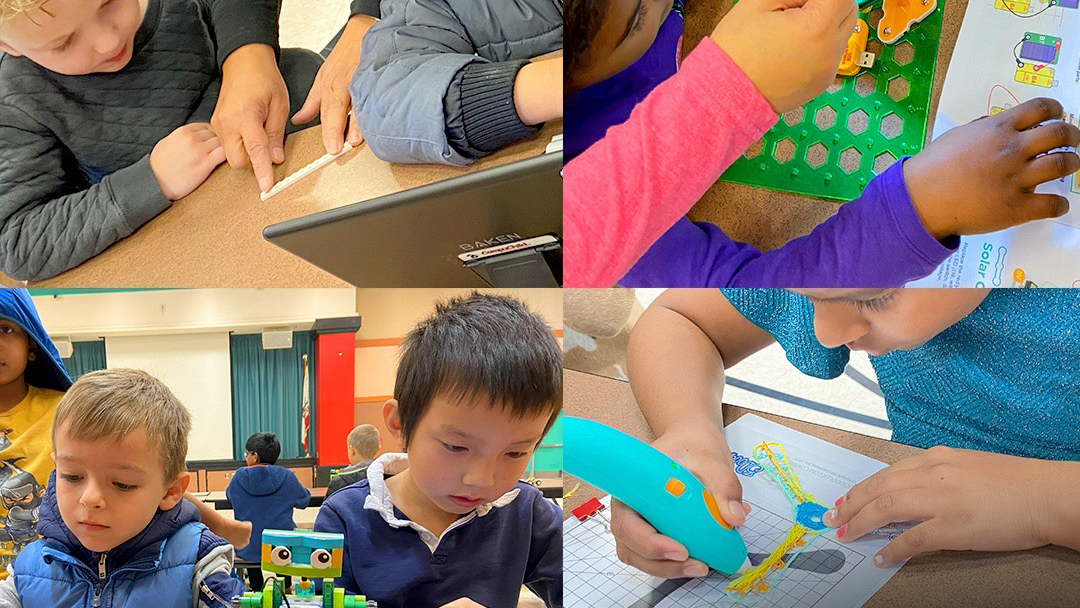Artificial Intelligence (AI) is rapidly changing the way children learn. Online platforms, holographic simulations, and AI-generated videos can take students into virtual worlds full of information and discovery. These tools are powerful, but they often leave out one critical element of education — hands-on learning.
Without the ability to touch, build, and test, children risk missing the real-world experiences that help them understand how things truly work. At COMPUCHILD, we believe hands-on learning is the missing link that connects digital innovation with physical reality. Research continues to show that tactile and sensory engagement strengthens comprehension, retention, and problem-solving skills — making it essential for preparing children for the future.
1. Why Hands-On Experiences Build Stronger Learning
Studies confirm the importance of tactile interaction in education. A comprehensive review, “Touch to Learn: A Review of Haptic Technology’s Impact on Skill Development and Enhancing Learning Abilities for Children”, found that engaging touch improves motivation, spatial reasoning, and fine motor skills1. Similarly, preschool teachers report that while tablets and simulations are valuable, they lack the tactile feedback children need to grasp core STEM concepts2. This research underscores what we see in every classroom: children learn best when they combine seeing and hearing with doing and feeling.
2. Robotics: Building Knowledge Piece by Piece
In our robotics classes, children don’t just watch how a machine should work — they build real robots. They fit gears together, connect motors, and see their creation come alive. The sound, weight, and motion of these parts provide an experience no simulation can match.
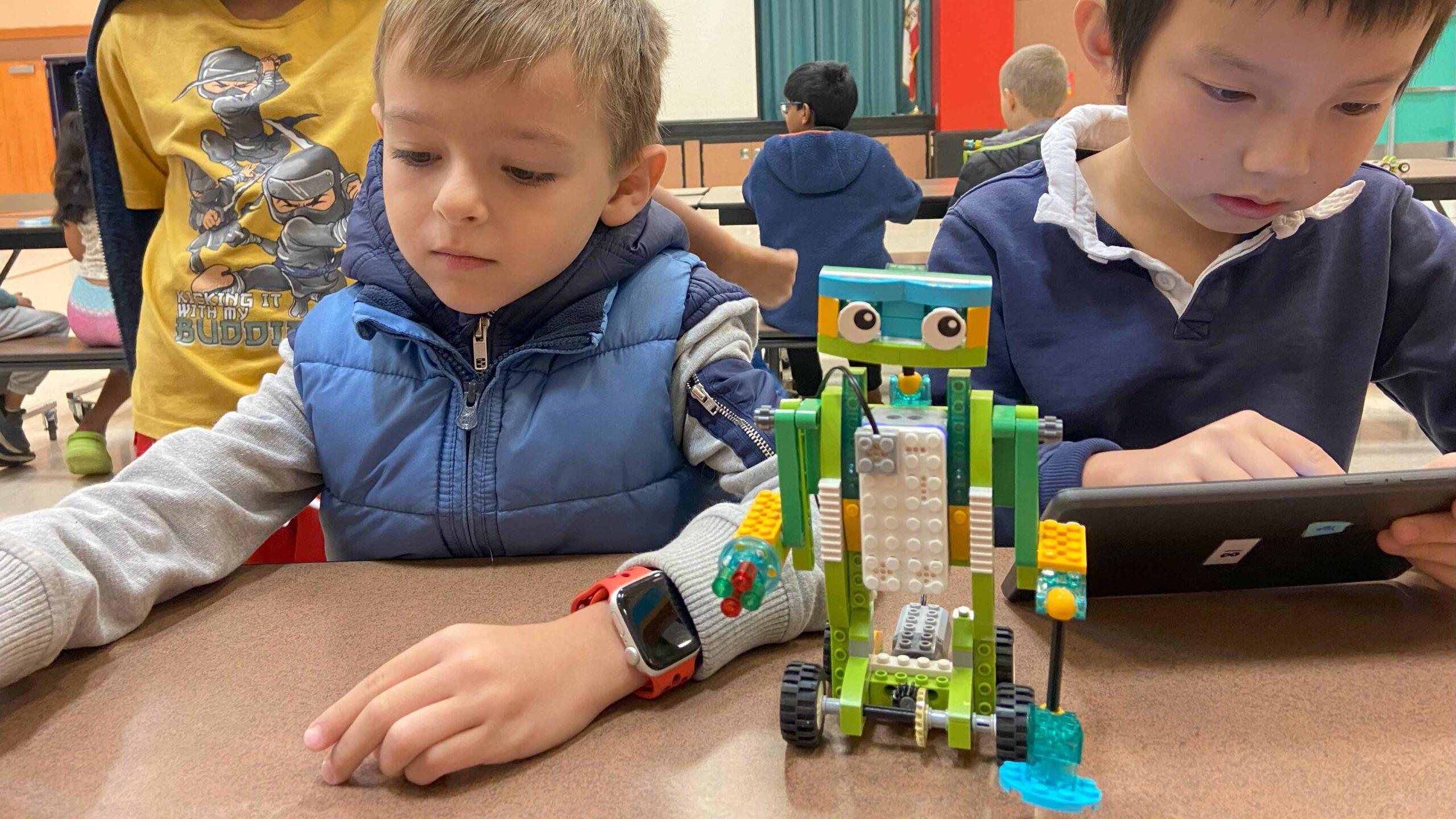
3. 3D and Structural Design: Testing Real Stability
By using 3D pens, children design and construct tangible models like chairs, tables, and bridges. When they touch their creations, they can feel which designs stand firm and which collapse. This immediate, tactile feedback gives them real insight into stability, balance, and design.
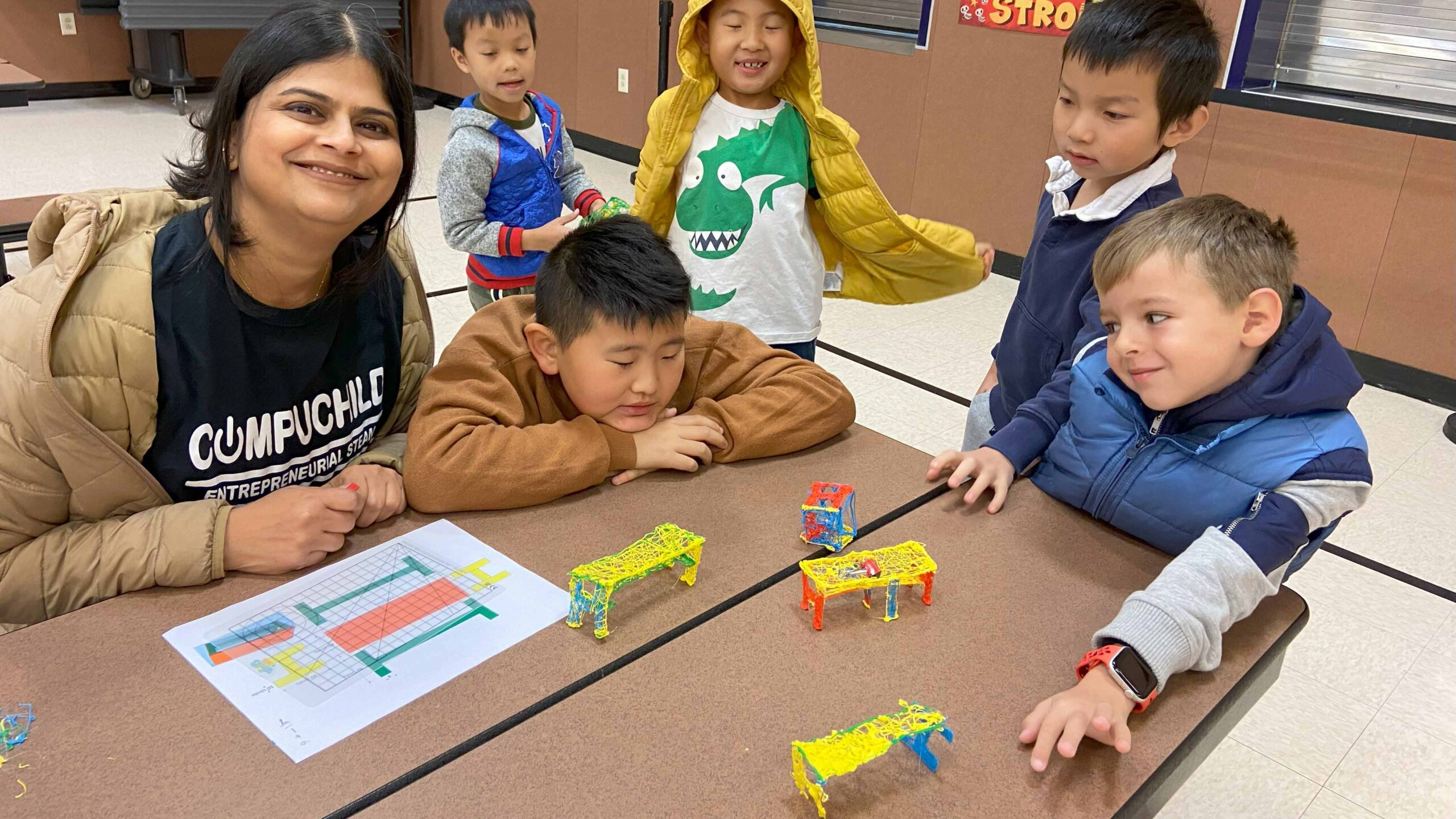
4. Circuits: Bringing Electricity to Life
In our circuits classes, children wire systems that light a bulb, spin a fan, or ring a bell. Beyond theory, they hear the buzz, see the glow, and feel the vibration. These sensory moments help transform abstract knowledge into practical understanding.
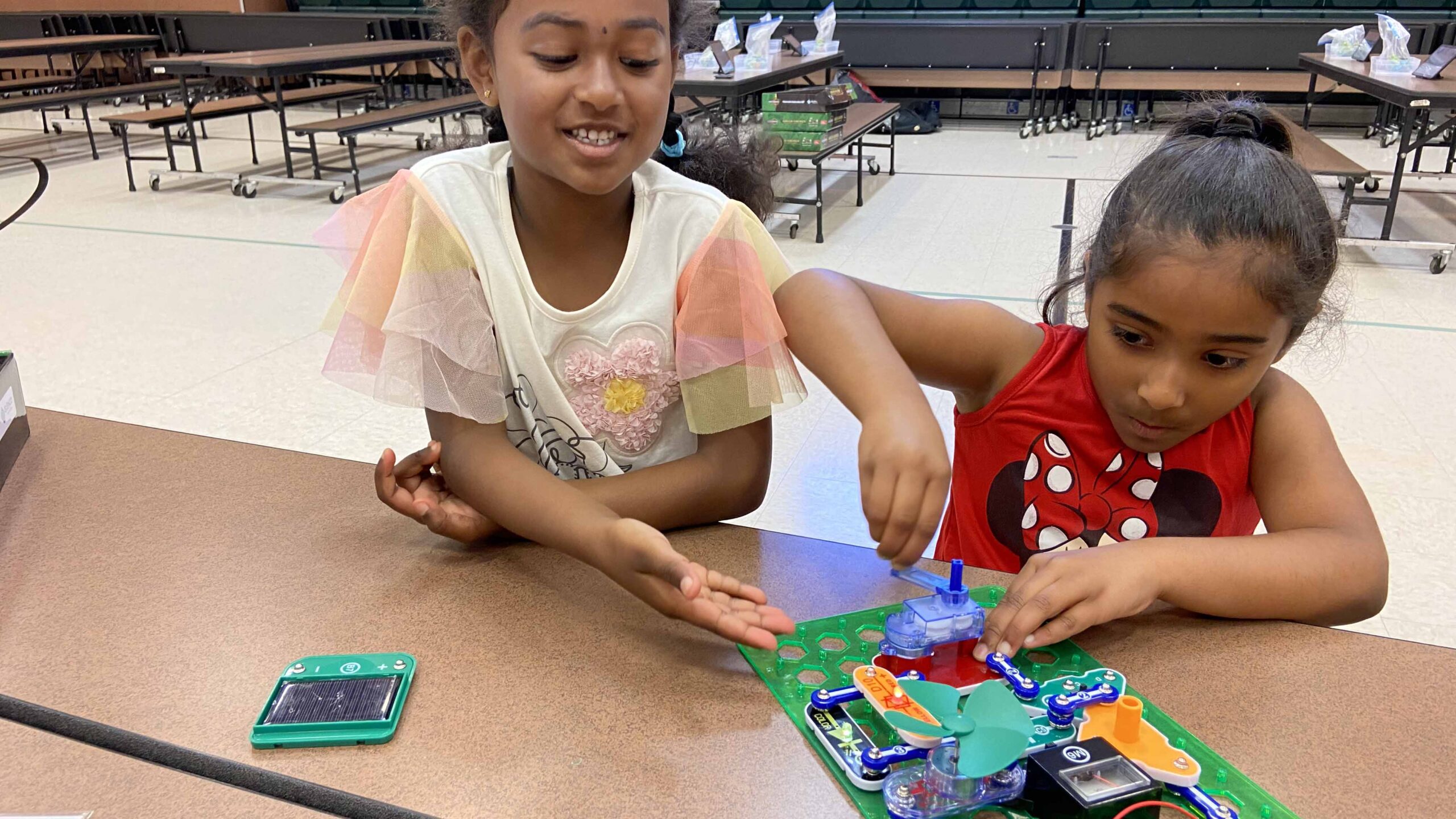
5. Drone Flying: Learning in Real Conditions
Simulators are useful, but real-world drone flying exposes children to challenges that coding alone cannot show. Wind changes flight patterns, batteries affect speed, and the environment adds unpredictability. These experiences teach adaptability and critical thinking that no virtual tool can fully replace.
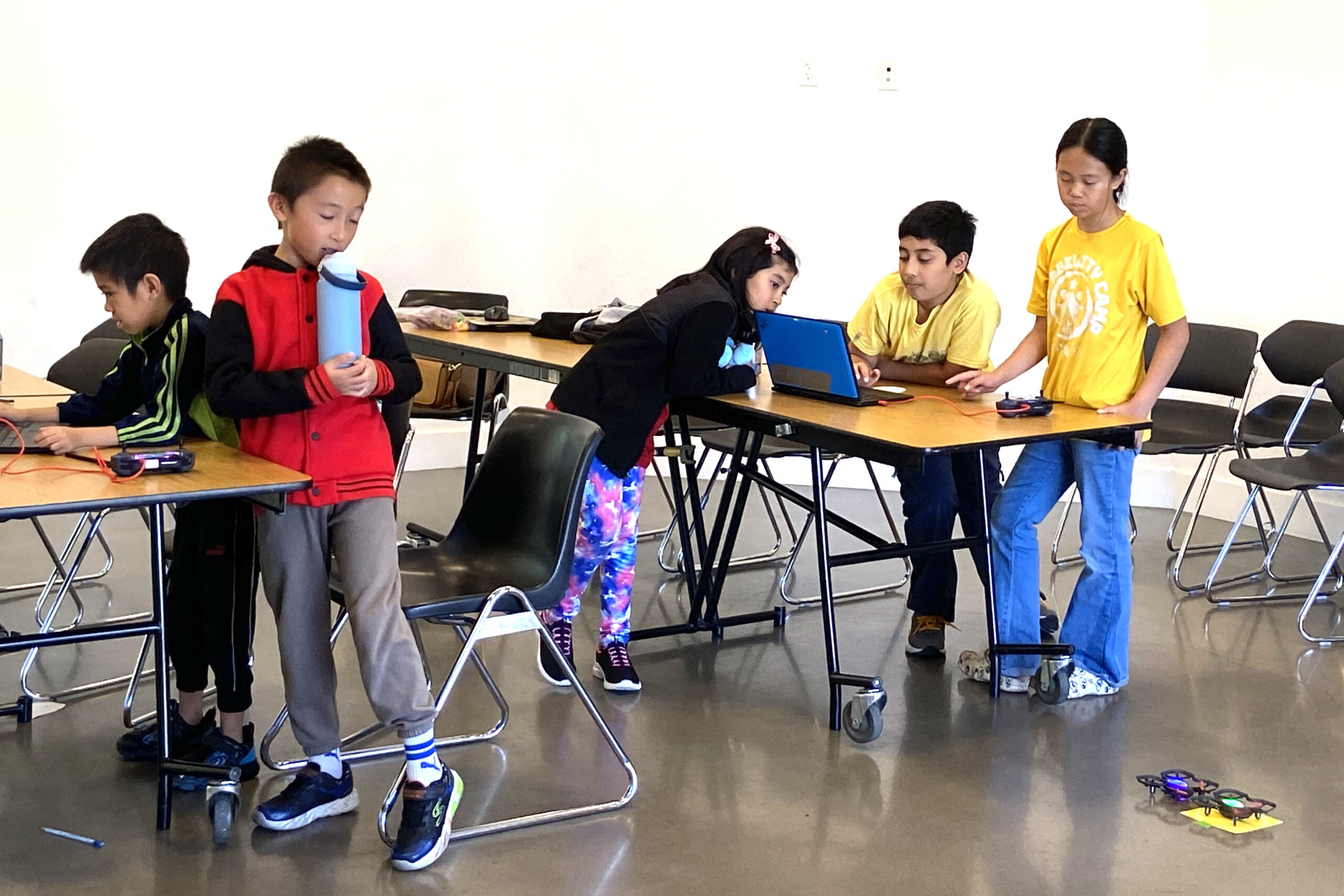
Why Hands-On Learning Completes AI Education
AI offers children endless opportunities to explore and imagine, but only hands-on learning completes the picture. By touching, building, and testing in real-world settings, children gain the problem-solving skills, creativity, and adaptability they’ll need to thrive in the future.
COMPUCHILD’s programs are designed to provide this balance. We keep children at the cutting edge of AI and technology while grounding them in the physical realities of the world. This is how we prepare them not just to use technology, but to innovate with it.
If you believe in the importance of combining advanced digital tools with sensory-rich, real-world experiences, COMPUCHILD is the partner you’re looking for. As an after-school education franchise, we nurture children to become ethical, entrepreneurial thinkers equipped for both the digital and physical worlds. Become a franchise owner today!
1Hatira, A., & Sarac, M. (2024). Touch to learn: A review of haptic technology’s impact on skill development and enhancing learning abilities for children. Advanced Intelligent Systems, 6(11), 2300731.
2Almqvist, C., Eriksson, A., & Svensson, H. (2022). Preschool teachers’ perspectives on (haptic) technology in the classroom. Frontiers in Education, 7, 981935.

